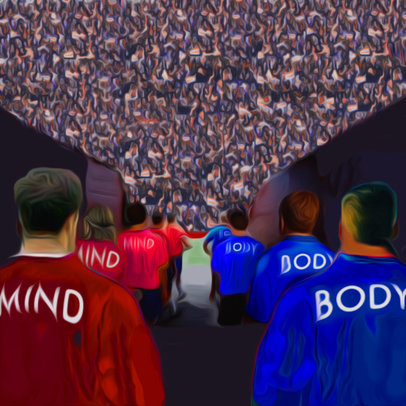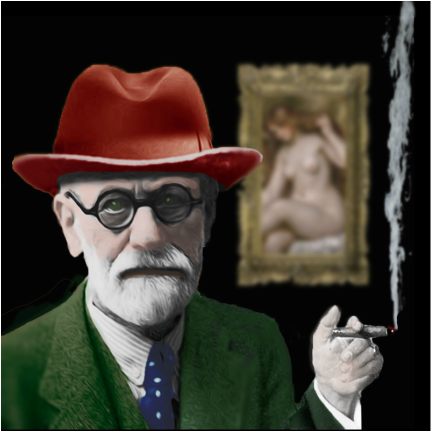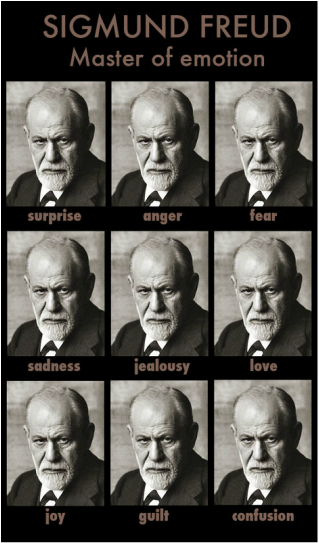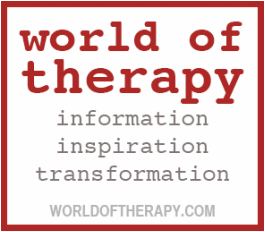
Team Body—or Team Mind?
The former adopts the “medical model” approach to psychological distress: the root causes are largely found within the biology of the unwitting individual and the best treatment is medication.
Sample narrative: “I am stressed and can't cope. The chemical levels in my brain are slightly off—I need medication to restore the balance.”
The Mind team, by contrast, regards symptoms as manifestations of underlying, unresolved inner conflict which needs to be explored, processed and resolved through talking therapy.
Sample narrative: “I am stressed and can't cope. I am such a workaholic and brutally hard on myself—I now see this as some kind of loyalty to my very strict and punitive. parents.”
Longstanding debate
In his article “The 'drugs v talking' debate doesn't help us understand mental health," in The Guardian on Wednesday, Simon Wessely, chair of psychological medicine at King's College London and president of the Royal College of Psychiatrists, attempts to build a bridge across the yawning divide.
The longstanding debate, he writes, often “has been caricatured as ‘psychiatry v psychology’, or equally unhelpfully ‘drugs v talking’, or ‘brain v mind’. But these are false distinctions, which don’t help in understanding mental disorders, don’t help mental health professionals, and most of all don’t help patients.”
Wessely argues instead for a pluralistic approach: “As there is incontrovertible evidence that physical, psychological and social factors contribute to the development of mental health problems – in different degrees and mixtures according to the type of illness and the particular individual – it follows that treatments that psychiatrists use can be physically, psychologically or socially based, either singly or more often in combination.”
And, according to Wessely, a pluralistic, multidisciplinary approach is precisely what patients get: “The truth is that up and down the land psychiatrists, psychologists, social workers and other mental health professionals work together in multi-disciplinary teams for the benefits of patients.”
All that is missing from the picture he paints is a rose-tinted sky filled with smiling cherubs.
Three points:
• Wessely doesn’t address the economic and political forces that have a vested interest in promoting a biologically reductionist, medical model of mental health which, despite his claims to the contrary, remains the default setting in the NHS.
There is much commerce in pathologising aspects of the human experience that are deemed problematic, itemising them according to their symptoms, then prescribing drugs which promise to reduce or eradicate them.
Facilitated by enormous amounts of sponsored “research” and marketing, one in 10 people here and in America now have a prescription for an antidepressant. You are shy? OK, you need to take a pill for that. The diagnosis of “bipolar” has risen by 4,000 percent since the mid-1990s when, not entirely coincidentally, the patents for the best-selling antidepressant drugs began to run out.
• Psychiatrists of course vary in their outlook, but some—perhaps most—have limited tolerance for non-biological explanations of psychological distress, and non-pharmacological treatments. In some settings, blank stares will greet any mention of psychotherapy, or suggestions that a patient’s symptoms might have some meaning or purpose, or point to some deeper underlying, unresolved conflict, or are borne of dire socioeconomic circumstances (yes there's another team—they believe that mental illness is not from mind or from body but from the psychologically toxic waters we swim in; a sane response to an insane, unfair, oppressive world).
I have listened to consultant psychiatrists debate a patient’s treatment—the conversation is generally about meds, along the lines of: “How about a little bit more of this one, a little bit less of that one?”
This is modernist, one-person psychology: the expert hands down the objective truth of the condition to the grateful patient. In “The Wounded Storyteller,” Arthur Frank describes how as patients we must surrender our own narrative of our dis-ease and submit to the narrative provided by the expert. Some proverbial “men in white coats” seem to have very little interest in what a patient might have to say about the condition that belongs to them.
• When talking therapy is offered, in most cases that means CBT. There will likely be a waiting list, then a handful of sessions devoted to cleaning up your thoughts and actions. There is a great debate about the wisdom and effectiveness of this. Other approaches get squeezed out. Unless you go private, you’ll be hard-pressed to experience care at greater depth, such as psychoanalysis, which attempts to uncover unconscious processes, or integrative, humanistic therapies that depend on building a healing, accepting relationship with an emotionally available therapist.
Thesis-Antithesis-Synthesis
If the medical model—a strictly biological/genetic/chemical approach to psychological distress—is dangerously one-sided, equally preposterous is the converse, the kind of guilt-gave-you-cancer psychological determinism peddled by the likes of Louise Hay (see The worst self-help book ever).
Wessely is right when he says that mind and body cannot be separated. Such “Cartesian dualism” is to be rejected; we ignore the complex, mysterious interaction between them at our peril. I like the enigmatic Zen perspective of Shunryu Suzuki: “Our body and mind are not two, and not one. If you think your body and mind are two, that is wrong; if you think that they are one, that is also wrong. Our body and mind are both two and one.”
Of course, for all illness, medications have a vital role to play. Many of us are incredibly grateful for a daily dose of pills that allow us to function better. But for mental health care, increasingly the old paradigm is crumbling, to be replaced by a new, postmodern outlook, one that offers a broad array of different therapies to match the broad array of human struggles; that honours qualitative research as well as quantitative; and that listens to the person in distress rather than talks at them.
One example: Anyone who told a doctor in the past that they hear voices would have been labelled schizophrenic and prescribed major tranquilisers to make the voices—and much else besides—go away. Now, however, thanks to initiatives like the Hearing Voices Network, we don’t automatically sedate. We listen.
Writes Frank: “Postmodern times are when the capacity for telling one’s own story is reclaimed.”
This trend towards a synthesis of body and mind also reunites psychology with its philosophical history, following a century of trying on the ill-fitting, positivist clothes of science. When it comes to the infinitely complex, fluid and diverse experience of being human, there are no objective certainties. We are not just machines—there are ghosts in the machine, too.
Psychology is not a hard science. It is so much more than that.








